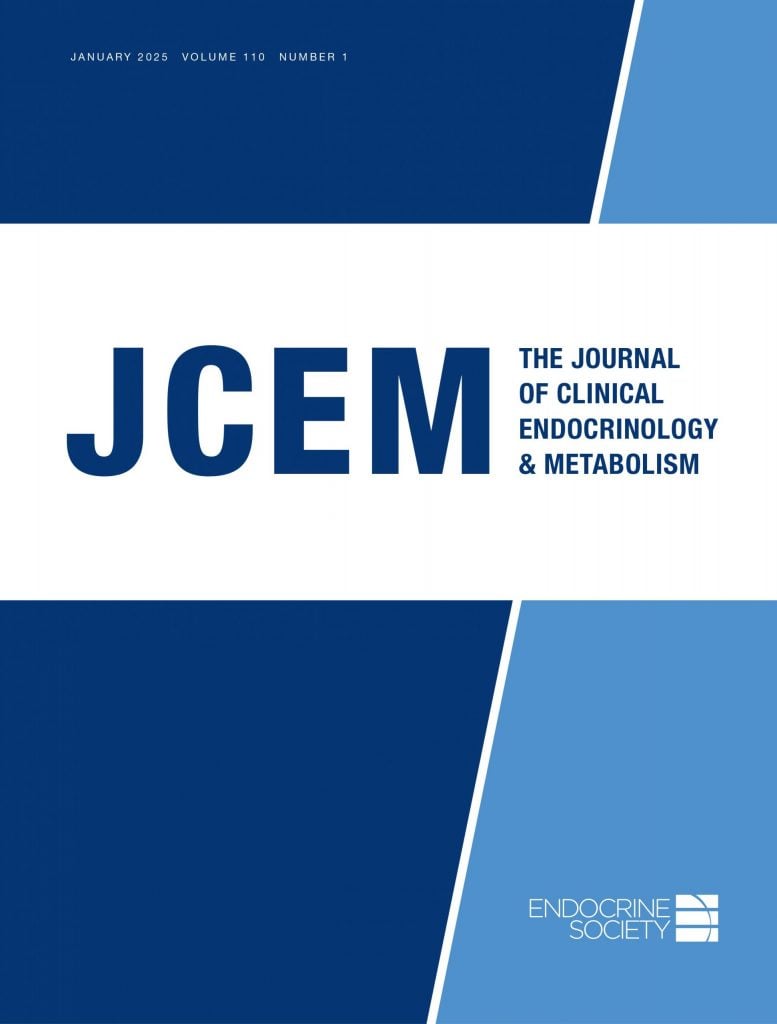
Males diagnosed with classic congenital hyperplasia (CAH) due to 21-hydroxylase deficiency require lifelong treatment, with adolescence the most challenging treatment period, notes a review article in The Journal of Clinical Endocrinology & Metabolism and a supplement sponsored by Neurocrine Biosciences, Inc., an American biopharmaceutical company that develops for neurological and endocrine-related disorders.
To replace the low cortisol and suppress high levels of adrenocorticotropic hormone and adrenal androgens, CAH patients need continual treatment with glucocorticoids (GCs). Over- and undertreatment also within one day is common. Without proper monitoring of GC doses, adolescent male patients can face long-term consequences, such as reduced final height and reproductive health, development of benign testicular adrenal rest tumors (TARTs), poor bone health, and the trifecta known as metabolic disease (heart disease, stroke, and type 2 diabetes).
To help counteract this issues Hedi L. Claahsen-van der Grinten, the study coauthor and pediatrician and professor at Radboud University Medical Center, tells Endocrine News that “careful monitoring by a specialized team improves long-term outcomes.”
Over half of male patients moving over from pediatric- to adult-oriented care tend to fall through the cracks and stop adherence to their medications. They are often also not well instructed on how to manage salt loss while playing sports as well as how drug and alcohol can lead to vomiting, dehydration, and possible adrenal crisis. The risk of subfertility/infertility begins already during childhood and adolescence, especially in males with poor hormonal control, who often have reduced sperm counts, small testes, and TARTs. CAH males are also at heightened risk for low bone mineral density, osteoporosis, and bone fractures as well as obesity, insulin resistance, and hypertension. Epidemiological studies have shown that males with CAH have a higher incidence of psychiatric disorders, suicidality, alcohol misuse, and a lowered quality of life (e.g., fewer biological children, increased social relationship problems, more frequent use of sick leave and disability) compared to controls.
A customized approach is recommended by the article authors. “Each patient’s treatment regimen should be tailored to their clinical status and individual goals at the time, which may be to improve treatment adherence, achieve paternity, prevent osteoporosis, reduce obesity, and/or improve cardiovascular health,” they write, adding that “the transition from pediatric-centered to adult-oriented care should be a gradual process involving both patients and their parents/caregivers, beginning between 11 and 13 years of age and extending until the patient establishes regular follow-up with a multidisciplinary team of adult healthcare professionals.” The Endocrine Society recommends treatment of children with 10 to 15 mg/m2/day hydrocortisone in three divided doses, notes the authors, adding that administration times for the highest dosage is highly debated, with some opting for the morning and others in the evening. These guidelines also suggest treatment with 0.05 to 0.2 mg/day fludrocortisone in one to two divided doses in growing children, with regular monitoring of blood pressure, heart rate, and blood renin to avoid over- and undertreatment with mineralocorticoids. For growth and pubertal development, GC doses are monitored several times a day via 17-hydroxyprogeserone (17-OHP) and androstenedione in serum or saliva.

